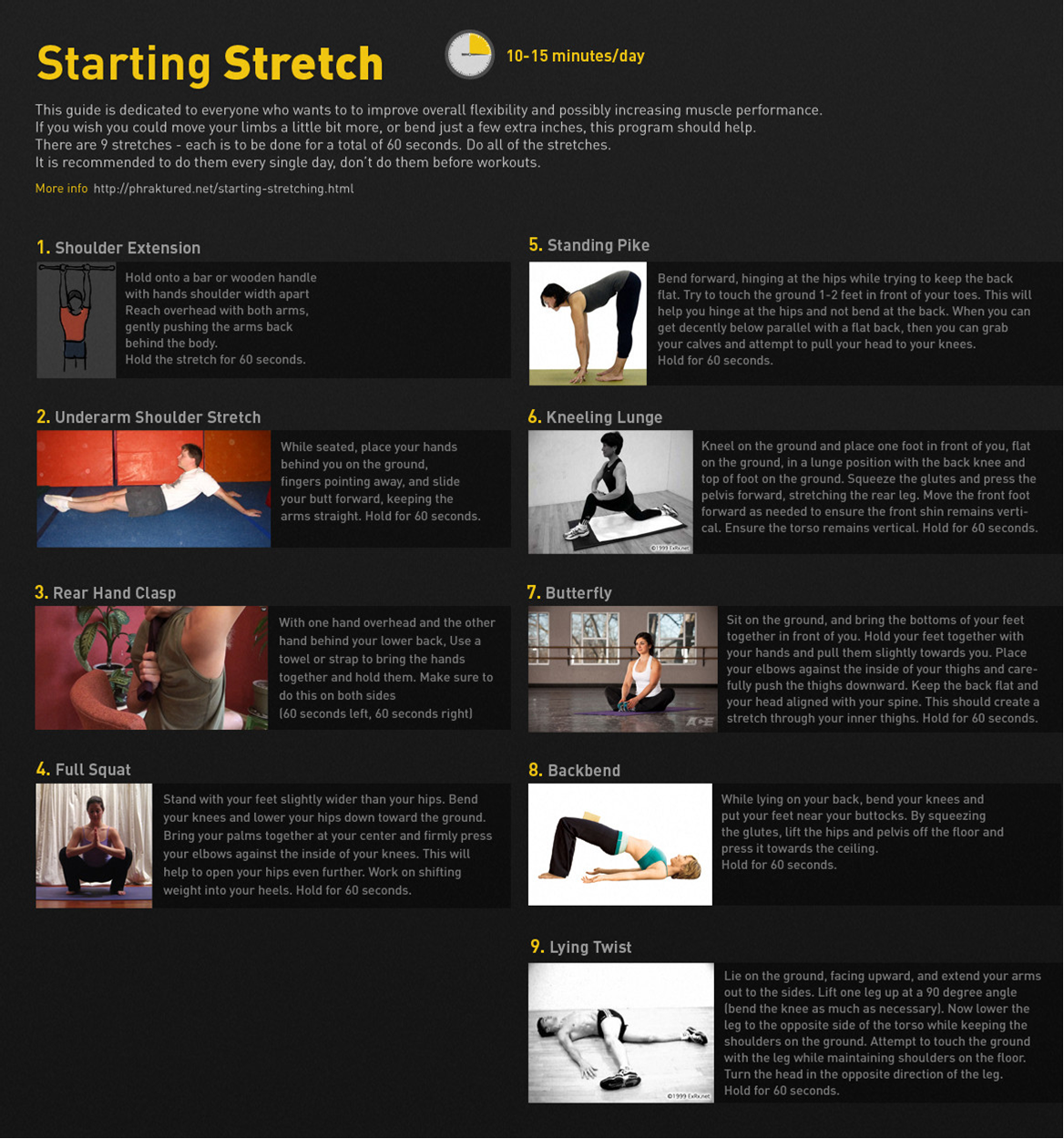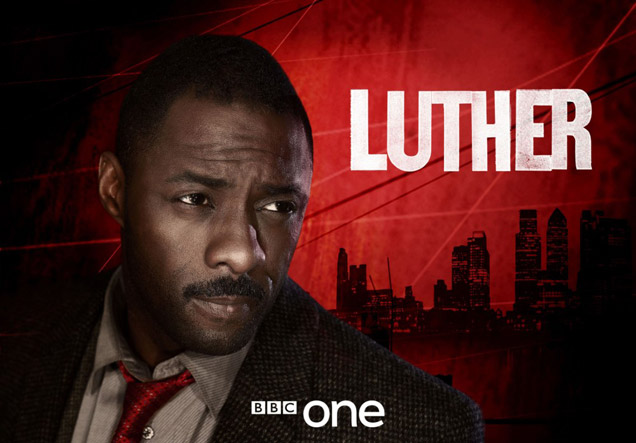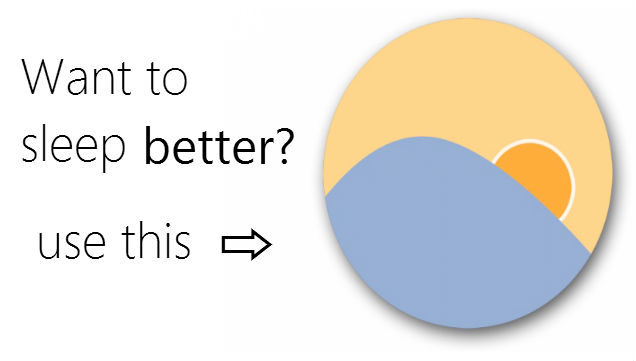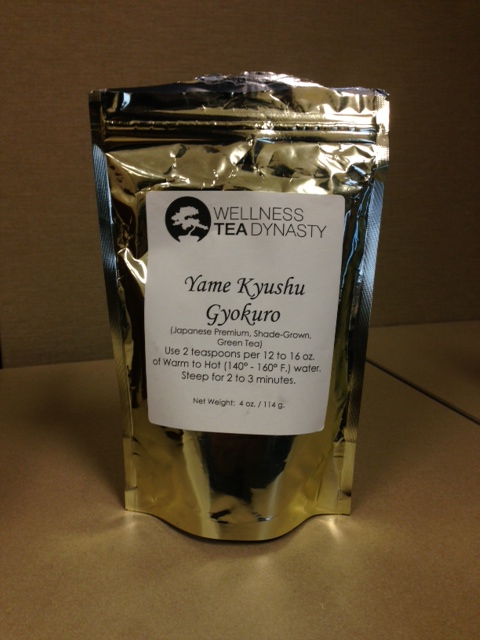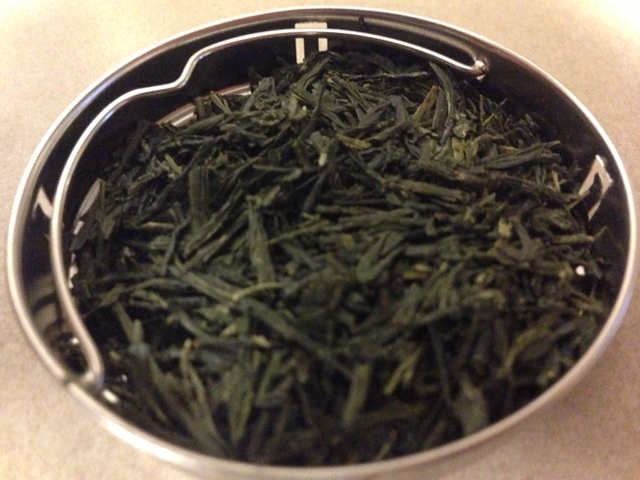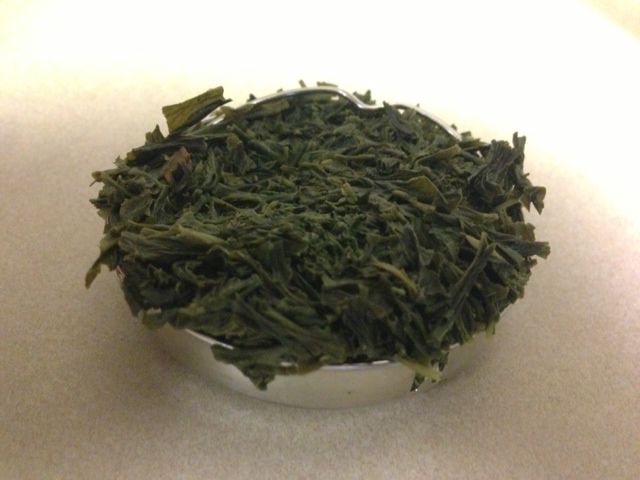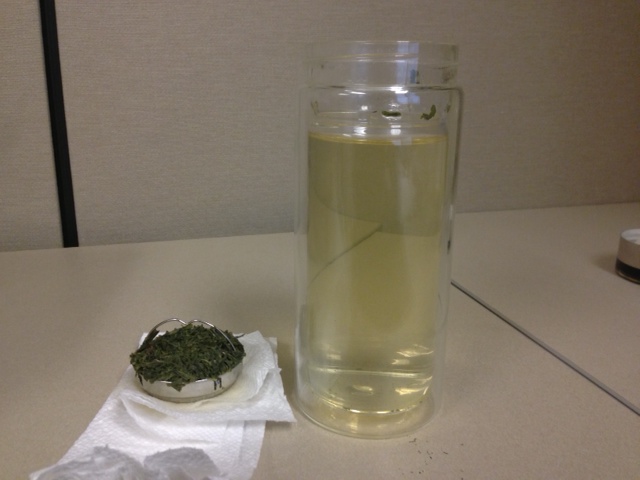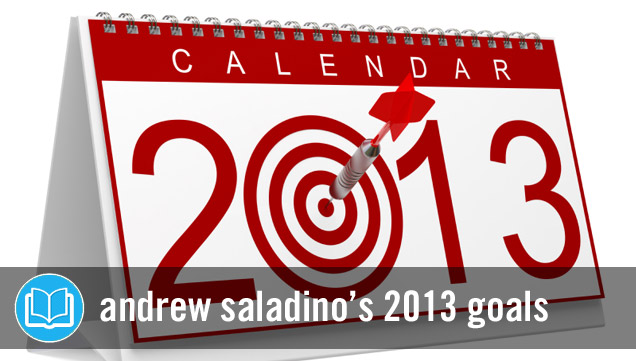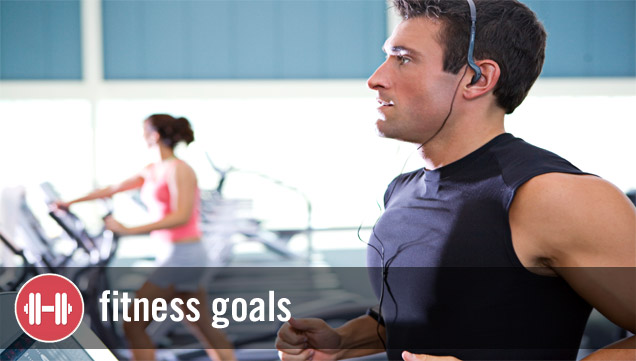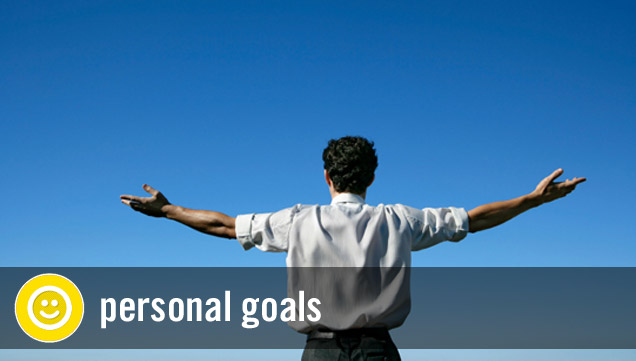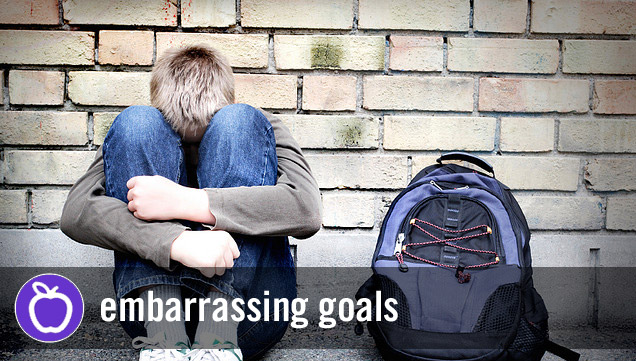 I am probably the least flexible person in the world and have always struggled to find ways to improve my flexibility. Most stretching routines too complex and time consuming to do on a daily basis so I’ve gone my whole life without ever stretching. Now that I’m constantly in the gym, I’m finding that my limited flexibility limits my ability to properly do some workouts and I knew that it was time for a change.
I am probably the least flexible person in the world and have always struggled to find ways to improve my flexibility. Most stretching routines too complex and time consuming to do on a daily basis so I’ve gone my whole life without ever stretching. Now that I’m constantly in the gym, I’m finding that my limited flexibility limits my ability to properly do some workouts and I knew that it was time for a change.
I started doing a bit of research and found a beginner’s stretching program called ‘Starting Stretching‘ created by phrakture. It’s the perfect program for a person like me who has absolutely no idea what they are doing and is too overwhelmed to know where to begin. The routine should take about 15 minutes to complete and should be performed in succession daily and after every workout. Keep reading below for the complete program pasted from Phrakture’s website as well as some pictures to help with the explanation of the movements.
The Starting Stretching Program
This program covers a series of 9 stretches – 3 upper body, 4 lower body, and 2 torso. Each is to be done for a total of 60 seconds. Doing this in one stretch is the best, but if you need to stretch for 30s, relax, and finish 30s, that is fine too. Try not to go lower than 20s intervals – if you can’t do a stretch for at least 20s, lessen the intensity.
These stretches are to be performed in succession after every single workout. This should take only 10-15 minutes. It is recommended, however to do them every single day. If you have time, repeating the stretches 2-3 times is also recommended.
Shoulder Extension

Place your hands on some object that is overhead, while keeping your arms straight. You may bend forward to an object, as long as it is still “overhead”. Attempt to push your head and chest through so that the arms are pressed behind the body. Variation 1, Variation 2.
Beginner: As above, with palms facing down
Intermediate: Place your elbows on the object and bring the hands together as it you were praying.
Advanced: Rotate the palms facing upward. Holding a stick might be useful to help keep the hands from rotating. Alternatively, a dead hang from a bar in a chinup grip might be used.
Underarm Shoulder Stretch

While seated, place your hands behind you on the ground, fingers pointing away, and slide your butt forward, keeping the arms straight. This can also be done by placing your hands behind you on a tall object, and squatting/crouching down.
Beginner: As above, keeping hands on the ground, approximately shoulder width.
Intermediate: Use a stick or resistance band to keep arms narrower than shoulder width.
Advanced: Do this while hanging from a bar. Also known as a “German Hang”
Rear Hand Clasp

With one hand overhead and the other hand behind your lower back, attempt to grasp fingertips behind your back. Make sure to do this on both sides. Example Video.
Beginner: Use a towel or strap to bring the hands together
Intermediate: Grab opposing fingers or hands
Advanced: Grab opposing wrists
Full Squat

Keeping the heels on the ground, squat down as far as your body will allow. Keep your arms inside the knees and press them outward. Feel free to hold on to something for balance, as it should not affect the stretch, but free balancing is preferred.
Beginner: Just get into the position and hold
Intermediate: Work on sitting up as straight as possible. Chest and head held high
Advanced: Sit up vertically and attempt to keep the toes pointed forward
Standing Pike

Bend forward, hinging at the hips while trying to keep the back flat. Do not try to touch your toes – instead, try to touch the ground 1-2 feet in front of your toes. This will help you hinge at the hips and not bend at the back. When you can get decently below parallel with a flat back, then you can grab your calves and attempt to pull your head to your knees.
Note: When returning from the stretch, bend your knees and let your hips drop, before lifting your upper body up. Stand up as if squatting. Doing otherwise can risk back injury
Beginner: Forward bend with a flat back
Intermediate: When below parallel with a flat back grab your calves and pull your knees to your chest
Advanced: Pull your knees to your chest without using your arms to pull
Kneeling Lunge

Kneel on the ground and place one foot in front of you, flat on the ground, in a lunge position with the back knee and top of foot on the ground. Squeeze the glutes and press the pelvis forward, stretching the rear leg. Move the front foot forward as needed to ensure the front shin remains roughly vertical. Ensure the torso remains vertical, and not bending backwards or leaning forwards.
Beginner: Perform the kneeling lunge with hands on the front leg, supporting some of the torso
Intermediate: Keep the hands at the side of the torso, with palms facing forward and shoulders pulled back
Advanced: Raise the rear leg up against your glutes and hold with both arms
Butterfly

Sit on the ground, and bring the bottoms of your feet together in front of you. Hold your feet together with your hands and pull them slightly towards you. Actively try to press your knees towards the ground. See here for more instruction
Beginner: Use strength alone to push the knees towards the floor.
Intermediate: Lean forward slightly (with a flat back) and press the legs towards the floor by using your elbows.
Advanced: Lean forward with a flat back, attempting to touch both your chest to your legs and your knees to the ground.
Backbend

Backbends are fairly difficult for people who have never done them, so we’re going to scale it with a few other stretches first. With any of these stretches, if you feel pinching in the lower back, you’re doing it wrong. Take a step back and don’t push so hard.
Beginner: Glute Bridge. While lying on your back, bend your knees and put your feet near your buttocks. By squeezing the glutes, lift the hips and pelvis off the floor and press it towards the ceiling.
Intermediate: Camel. Kneel on your shins on the ground. Curl the toes under your feet, and reach behind you, grabbing the heels with the respective hand. From here, squeeze the glutes and push the pelvis forward as much as possible while holding onto the heels. Look upward and pull the shoulders back. You may need to use blocks or pillows to raise the heels higher at first.
Advanced: Bridge/Wheel. Lie on your back with your knees bent and pulled into your glutes. Place your hands on the ground beside your head, with fingers pointing down towards your shoulders. From here, press with the arms and glutes to lift yourself onto the top of your head. Hold this position for time. As you get better in this position, you will eventually be able to lift your head off the ground by pressing the arms straight. In doing this, make sure your shoulders remain above the hands and much as possible, and strive to straighten the legs.
Lying Twist

Lie on the ground, facing upward, and extend your arms out to the sides. Lift one leg up at a 90 degree angle (bend the knee as much as necessary). Now lower the leg to the opposite side of the torso while keeping the shoulders on the ground. Attempt to touch the ground with the leg while maintaining shoulders on the floor. Turn the head in the opposite direction of the leg. Repeat for both sides.
Beginner: Bend the knees at 90 degrees and press down with the arm to deepen the stretch
Intermediate: Use a straight leg (locked knee) and press down with the arm
Advanced: Use a straight leg and no arm assistance – use only muscular power to maintain the position
After every stretching session, it is also helpful to work on weaknesses. Choose 1-3 stretches above where you’d most like additional flexibility, and add those at the end. I’d also suggest wrist and ankle stretches here as well.
Starting Stretching Cheatsheets

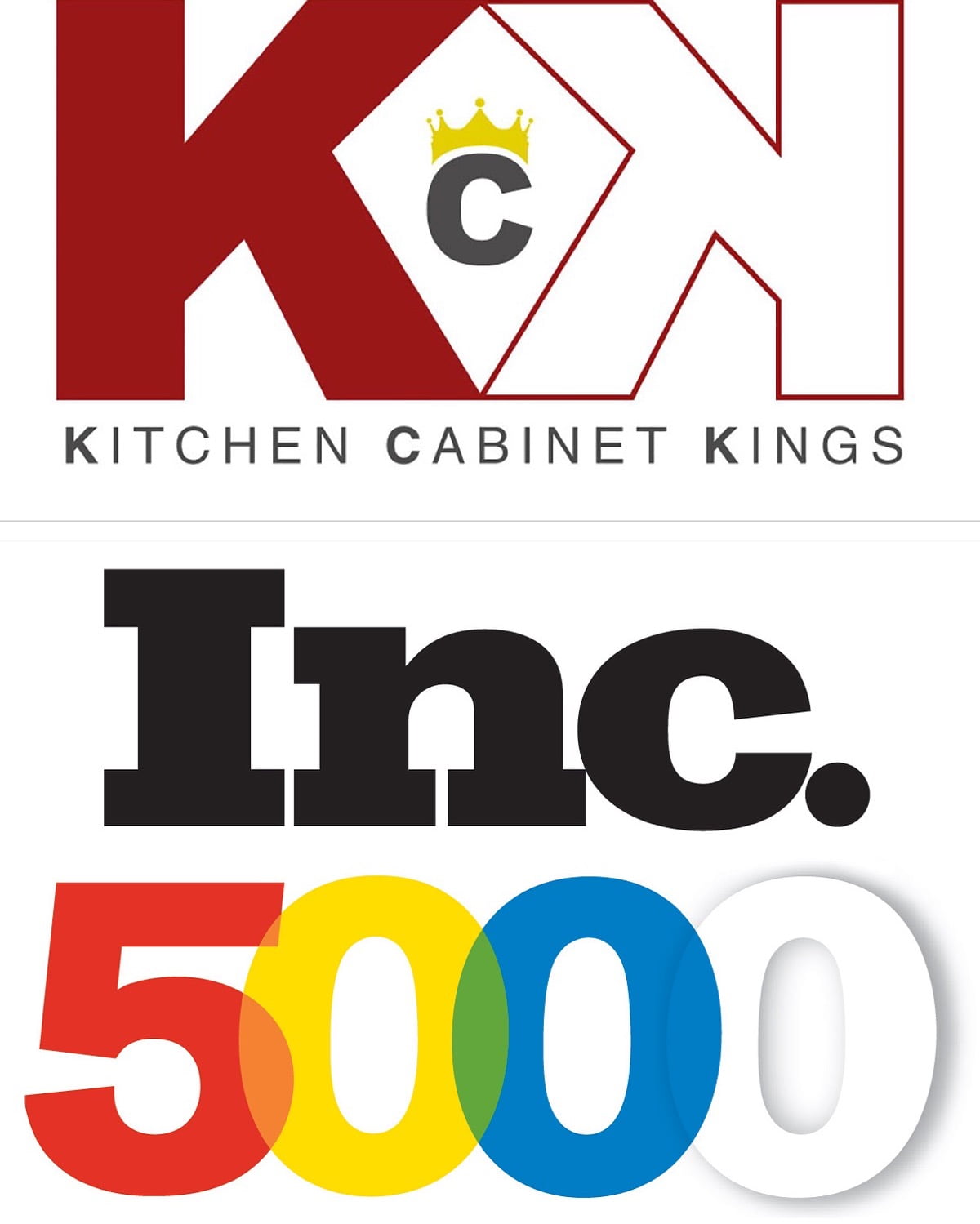 I’m proud to announce that my company Kitchen Cabinet Kings made the Inc. 5000 list for the second straight year! We’re ranked #1081 with a 3 year revenue growth of 359%!! I want to thank every member of the Kitchen Cabinet Kings team for all of their hard work and dedication. You are truly what makes Kitchen Cabinet Kings great. View our full Inc. profile at http://www.inc.com/profile/kitchen-cabinet-kings
I’m proud to announce that my company Kitchen Cabinet Kings made the Inc. 5000 list for the second straight year! We’re ranked #1081 with a 3 year revenue growth of 359%!! I want to thank every member of the Kitchen Cabinet Kings team for all of their hard work and dedication. You are truly what makes Kitchen Cabinet Kings great. View our full Inc. profile at http://www.inc.com/profile/kitchen-cabinet-kings
 I am probably the least flexible person in the world and have always struggled to find ways to improve my flexibility. Most stretching routines too complex and time consuming to do on a daily basis so I’ve gone my whole life without ever stretching. Now that I’m constantly in the gym, I’m finding that my limited flexibility limits my ability to properly do some workouts and I knew that it was time for a change.
I am probably the least flexible person in the world and have always struggled to find ways to improve my flexibility. Most stretching routines too complex and time consuming to do on a daily basis so I’ve gone my whole life without ever stretching. Now that I’m constantly in the gym, I’m finding that my limited flexibility limits my ability to properly do some workouts and I knew that it was time for a change.








